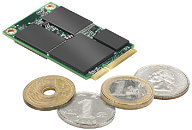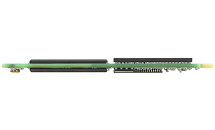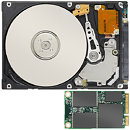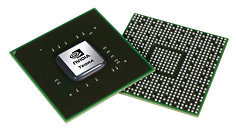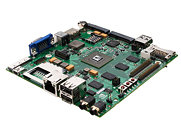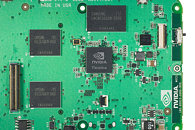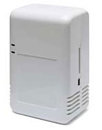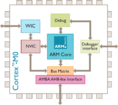
New Intel Solid-State Drive 310 Series Offers Full SSD Performance in 1/8th the Size
Intel Corporation announced today the Intel Solid-State Drive (Intel SSD) 310 Series, an ultra-small solid-state drive (SSD) that delivers Intel X25-class award-winning SSD performance, but in one-eighth the size. Measuring 51mm-by-30mm and only 5mm thick, the Intel SSD 310 is a fast, ultra-compact SSD that brings flexibility, ruggedness and scalability to innovative form factors and devices. It can enable highly responsive dual-drive notebooks, innovative single-drive tablets and low-power, rugged embedded industrial or military applications. When paired with a high-capacity hard disk drive (HDD) in a dual-drive system, the Intel SSD 310 can improve overall PC system performance by up to 60 percent.
A solid-state drive uses no moving parts, and thus is more durable and reliable than a mechanical HDD, while using less power and providing better system responsiveness. The Intel SSD 310 Series contains 34 nanometer (nm) Intel NAND flash memory and is available in an m-SATA form factor in 40 gigabyte (GB) and 80GB capacities.
A solid-state drive uses no moving parts, and thus is more durable and reliable than a mechanical HDD, while using less power and providing better system responsiveness. The Intel SSD 310 Series contains 34 nanometer (nm) Intel NAND flash memory and is available in an m-SATA form factor in 40 gigabyte (GB) and 80GB capacities.

